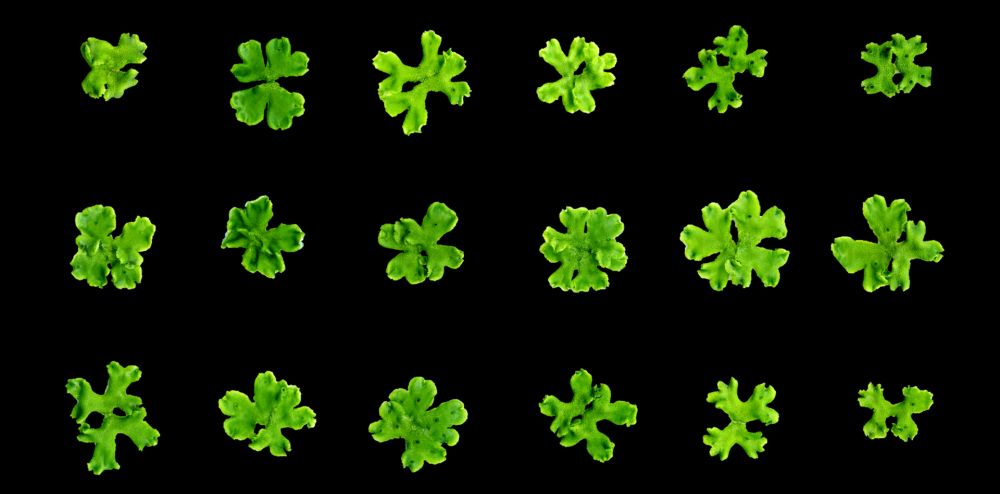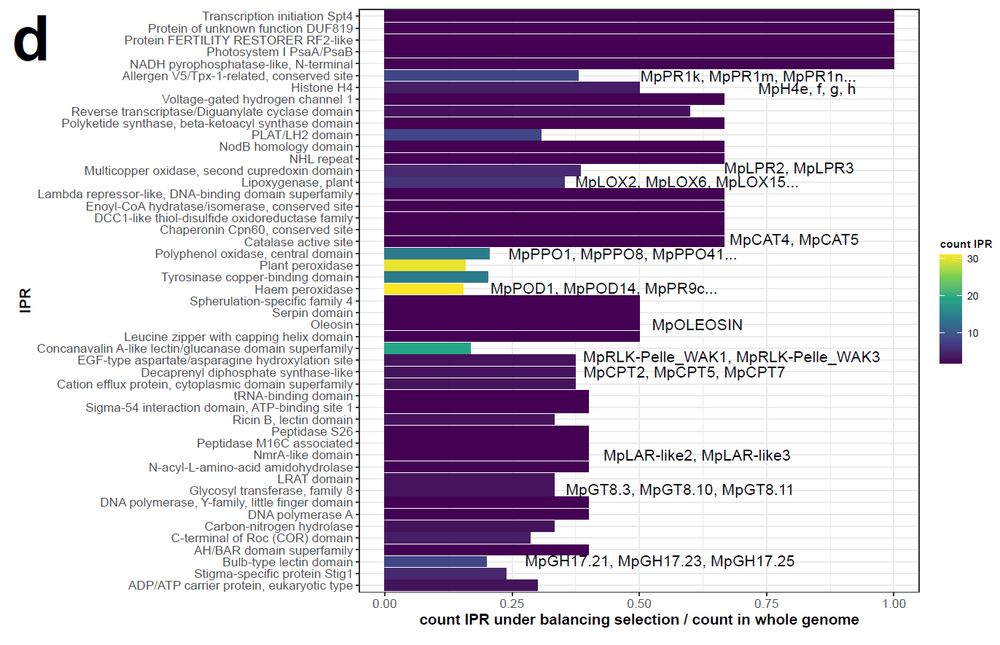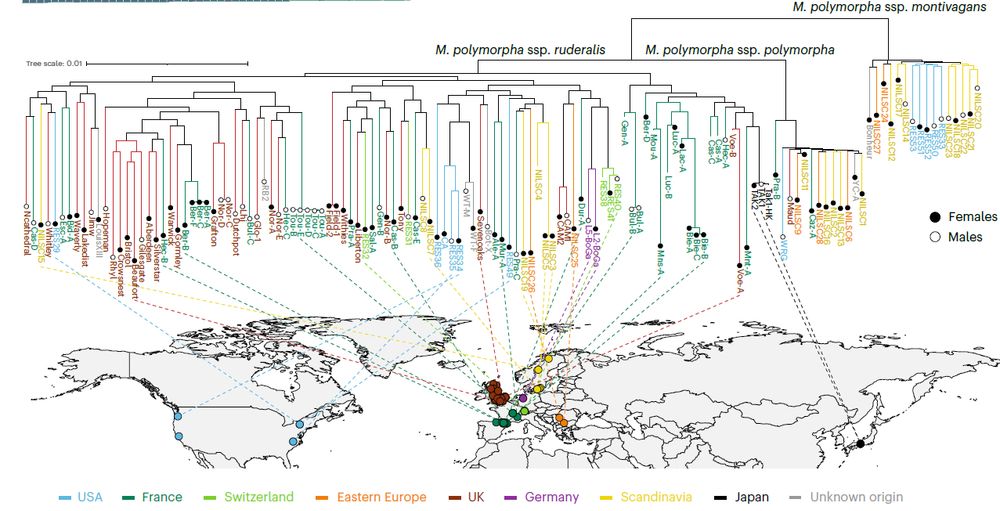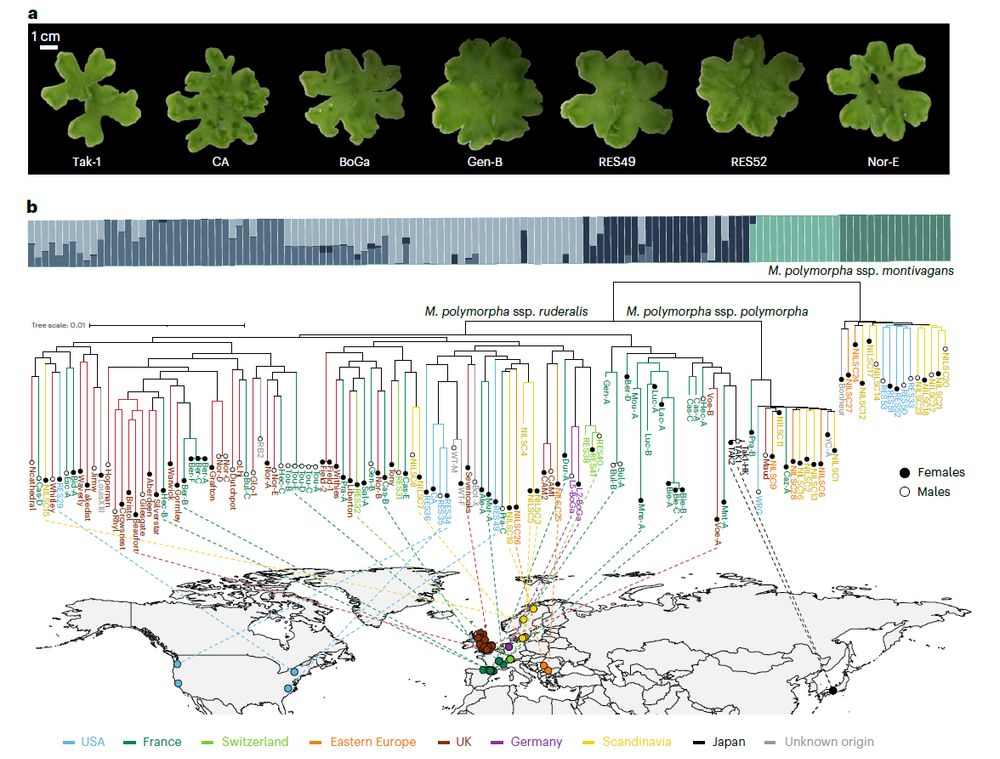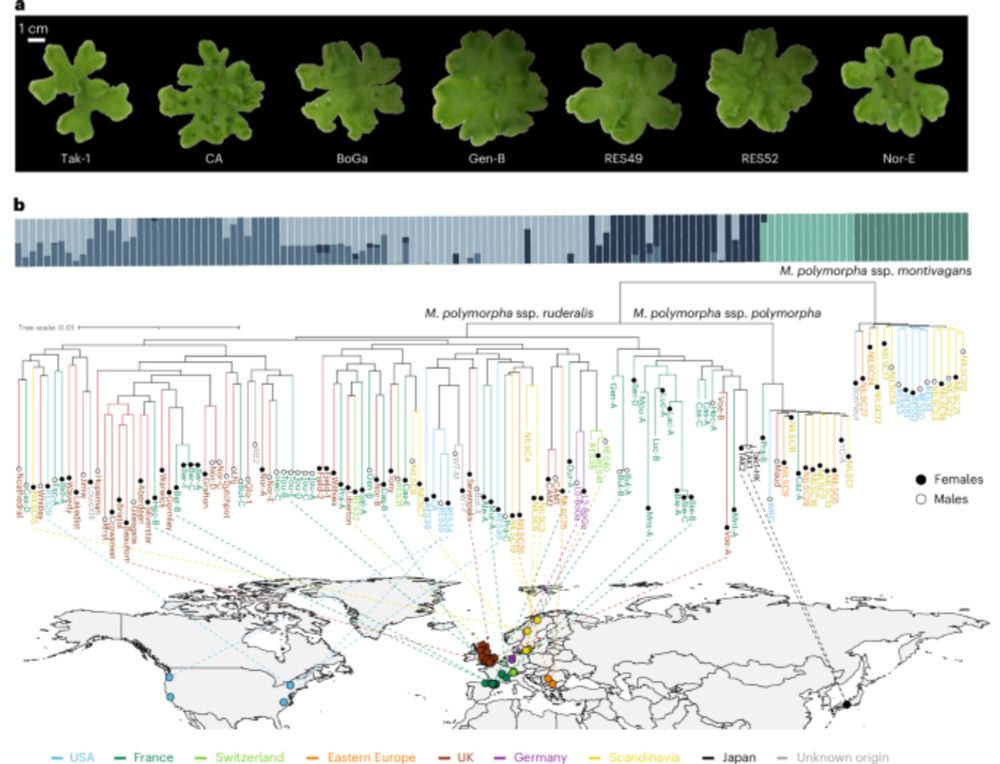Chloé Beaulieu
@chloe-beaulieu.bsky.social
160 followers
170 following
18 posts
Bio-informatician, currently working on population genetics of seagrasses at @ifremer.bsky.social, former PhD student in plant biology at @lrsv-toulouse.bsky.social (intraspecific diversity of Marchantia polymorpha and comparative phylogenomics)
Posts
Media
Videos
Starter Packs
Reposted by Chloé Beaulieu
PM Delaux
@pierremarcdelaux.bsky.social
· Feb 19
Reposted by Chloé Beaulieu
Karima EM
@karimaelm.bsky.social
· Dec 21

Horizontal gene transfers and terpene metabolism drive plant-fungal interaction in Marchantia polymorpha
The liverwort Marchantia polymorpha has emerged as a model for studying plant immunity in bryophytes, providing unique insights into conserved defense mechanisms across land plants. By contrast, March...
www.biorxiv.org



